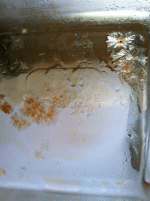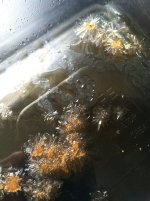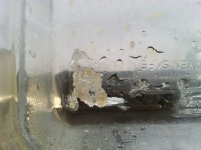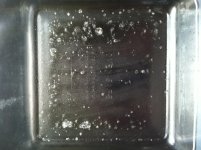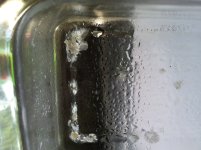DonPeyote wrote:
pure NMT base forms circular needles, begins white, rapidly darkening on exposure, and smells like DMT..
.
..NMT is only partially soluble in naptha..i assume it's soluble in acetone..The precipitate, assuming it was NMT locked up as a carbamate, was not soluble in Naphtha, however, it readily dissolved in acetone.
pure NMT base forms circular needles, begins white, rapidly darkening on exposure, and smells like DMT..
.

